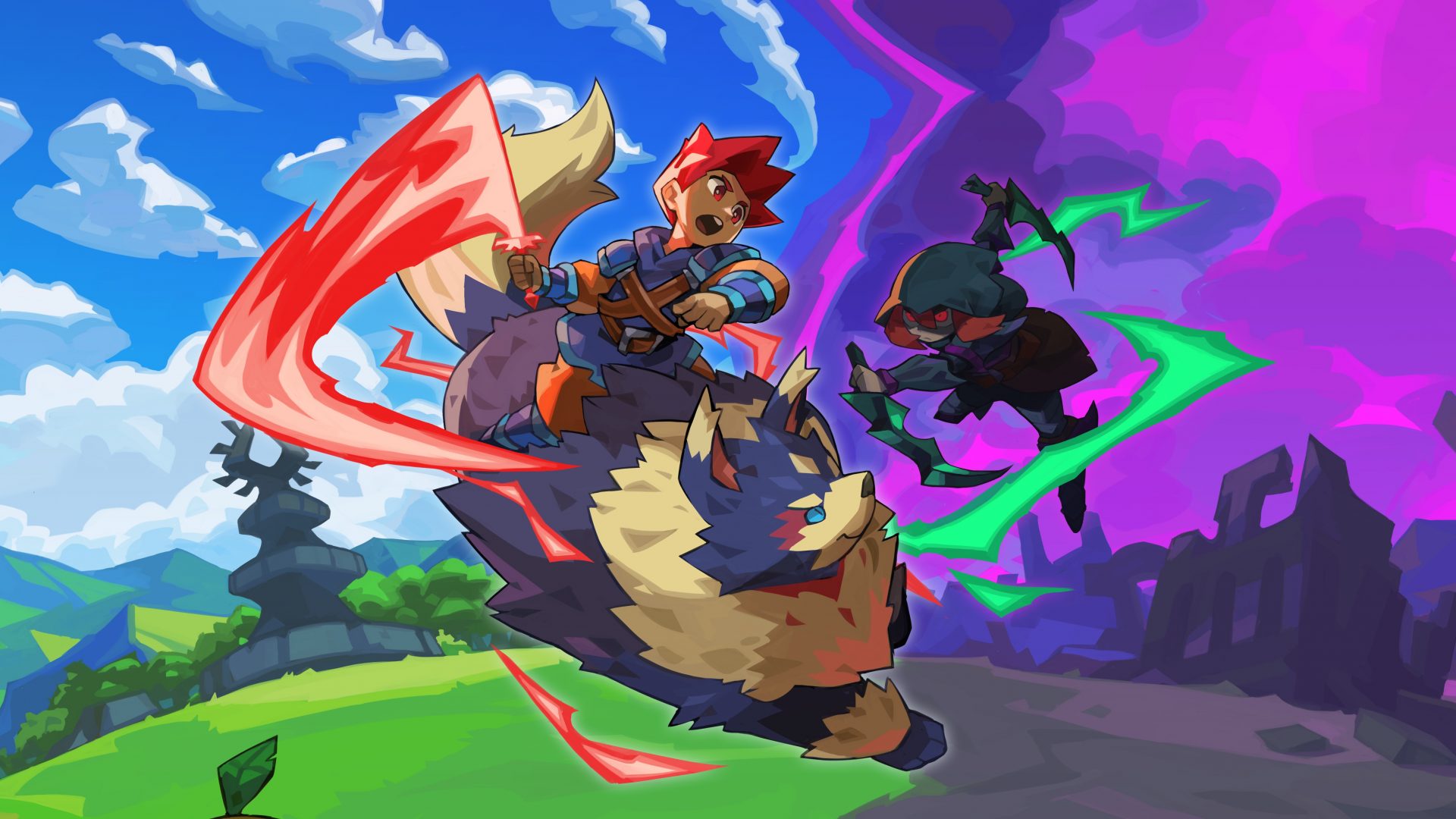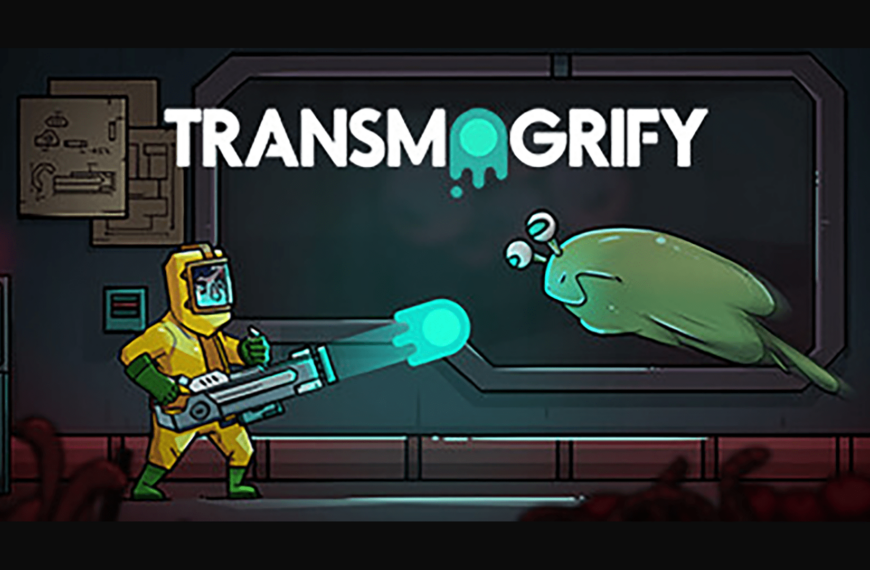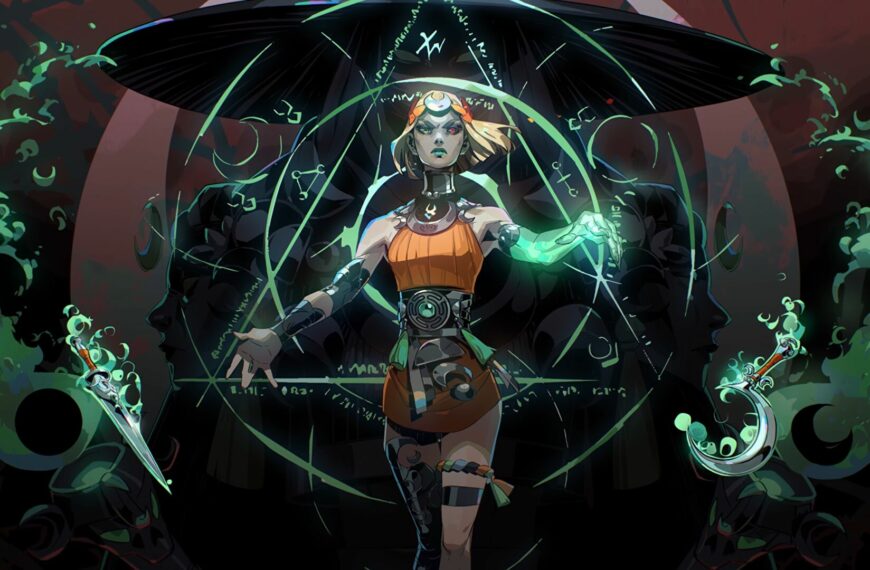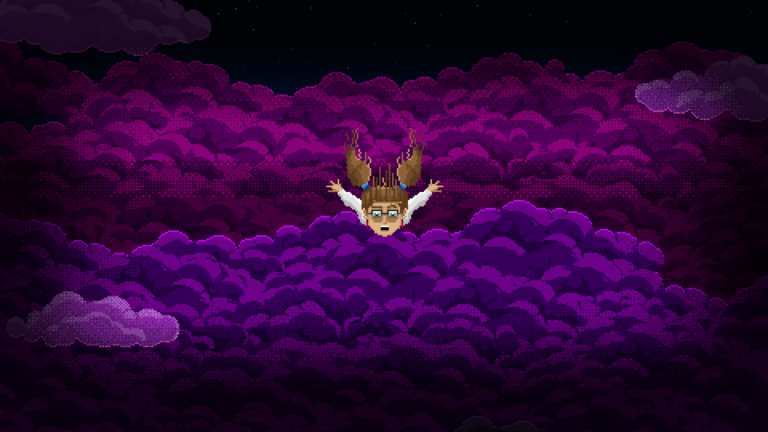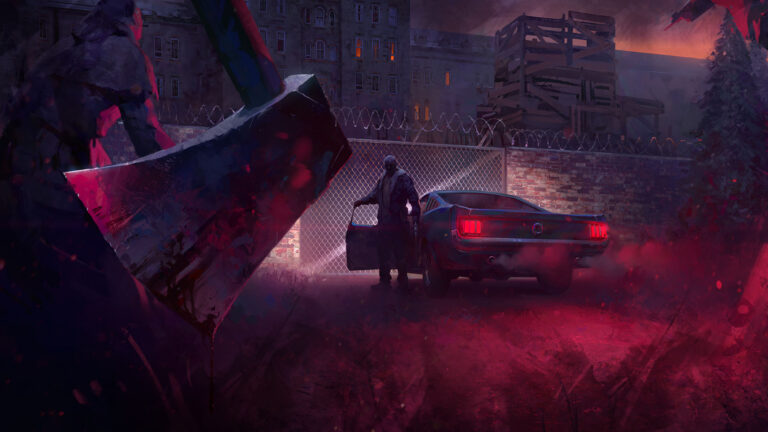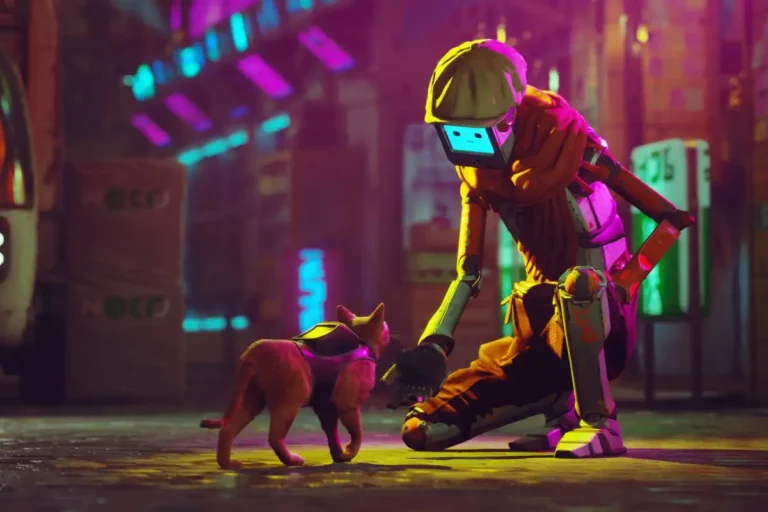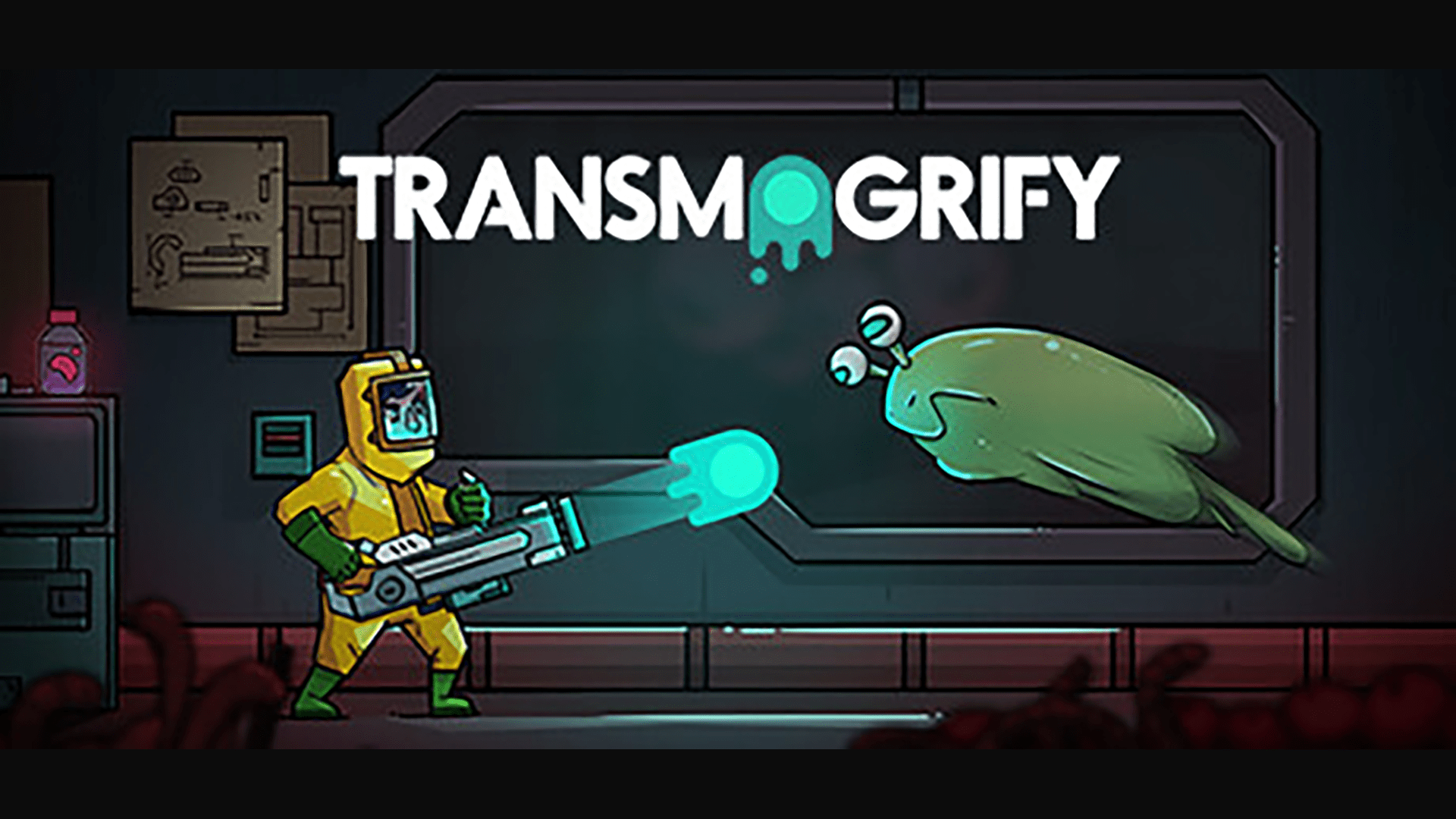Barnsley-based Case Portman is a co-founder of indie developer Studio Thunderhorse and worked on design and programming for their first major title; Flynn: Son of Crimson. For our inaugural Dev Spotlight, Case has kindly answered a few questions over email about the initial ideas and inspirations behind Flynn, what developmental lessons were carried over from Studio Thunderhorse’s initial mobile projects and how Flynn’s design changed as the team iterated their way through a successful Kickstarter campaign to launch day.
What were the initial ideas and inspirations around Flynn and how did it come to be?
Case: We (myself and founder, Simon Filip) grew up playing the 90’s classics – Sonic the Hedgehog, Mega Man, Super Mario, etc. and these games were always in the back of our minds when coming up with ideas for Flynn. When development came around, Shovel Knight and Hollow Knight were very influential and as we were designing the different stages and mechanics, we were playing The Legend of Zelda: Breath of the Wild – all of these games were super influential too!
I still remember the Skype call around mid-2016 in which Simon forced me to play Mega Man X4 as the alternate character Zero (since he was such a huge fan of that particular game and character). Long story-short, I got really into it and didn’t stop until I’d completed the game (or almost!) and absolutely fell in love with the melee driven combat style that came along with that character. After talking about it over some weeks alongside Simon and our previous artist Johan, we’d eventually formed scrappy ideas and prototypes (that we had around that time) into super early concepts for Flynn.
Also Read
Transmogrify PC Review: The Best Way To Defeat An Enemy
Transmogrify is a game with a strong central idea let down by a shoddy execution resulting in an experience that is…
Defy the Gods as a Witchy Moon Goddess in Hades 2
Supergiant announces Hades 2 for 2023 at the 2022 Game Awards. The sequel promises dark sorcery, witchery, and more frenetic roguelike…
Flynn is built in Gamemaker Studio 2, what particular challenges did working with that engine pose and how did you overcome them?
Case: I’ve only ever worked in Gamemaker Studio since I started programming back in 2015 so I honestly can’t really compare it to other engines but I do hear a lot of noise on Twitter comparing the many game engines out there. For me though, Gamemaker Studio has been a delight to work with, even the jump from v1.4 to v2, then from v2 to v2.3 was fairly smooth, as terrifying as those updates were. I’m not an “everything has to be super efficient and optimized” kind of guy and if I was I don’t think we’d have ever finished Flynn, but if I was I’m sure I’d have come across many more hurdles in the process of developing the game.
Flynn is Studio Thunderhorse’s first major title but not your first game – what lessons carried over to Flynn’s development from Samurai Blitz and Raccoon Rascals?
Case: The biggest lesson I’d learned from those games is that I never want to make a mobile game ever again.. No, just kidding! I’ll be honest though as Samurai Blitz was the first game I ever made that got anywhere other than my lonely itch.io page, I remember how stressful the whole ordeal was! The biggest thing I’ve brought over with me is experience with time management and even though I’m forever learning how to manage my time efficiently, it’s good to remember not to stress over small things like this as much as most (and sometimes I) do, your health is the priority!
In terms of developing Flynn while running a Kickstarter campaign, how did you find a balance between your original vision while also listening to backer/player feedback?
Case: As for our original vision, it most definitely got twisted and skewed and some parts eventually reworked from the ground up, but this wasn’t all down to Kickstarter feedback as a lot of those decisions had to be made to lower the scope and avoid the ever growing “feature creep”. The feedback from Kickstarter came thick and fast as soon as we released the demo however and even though it was mostly praised there were plenty of areas of improvement.
Seeing people playing the demo through livestreams and videos we caught on pretty quickly which mechanics and features people would either have trouble with and/or would need a rethink. Even today when watching people play the full release, I still see areas I would like to improve or learn from for future projects.
Flynn stands shoulder to shoulder with modern ‘classic’ 2D platformers (e.g. Shovel Knight), especially when it comes to crisp and responsive movement and combat. In what order did you prioritise different aspects of Flynn’s development and which parts came together the earliest while others needed more iteration?
Case: I’m a firm believer that controls and responsiveness can make or break a game and I always remember one simple thing Shigeru Miyamoto once said in an interview: “We wanted to make a game where just moving Mario around was fun” followed by “we get the fundamentals solid first, then do as much with that core concept as our time and ambition will allow”. To expand on this, I usually start by creating the playable character in a prototype room and build on it until I’m having fun in that small area – no levels, no enemies, just the player instance.
Flynn took a very similar approach in that we wanted to create a responsive playable character that can easily traverse the stages without too much struggle. A good example of this would be the introduction of ledge grabs, missing ledges by a hair never feels good so we added this to counter it and it just felt great. The opposite could be true with hidden mechanics such as “coyote time”, how if you press jump slightly too late when running off a ledge, the jump still triggers. There are plenty of other features included in Flynn that most people would only notice if they weren’t present and including those is always a number one priority with our games to make them feel snappy and responsive.
To talk a little about iteration – Flynn was previously planned out to be more fitting to the metroidvania genre in early development, involving a large sprawling map and many checkpoints to uncover, but this never saw the light of day as we had many conflicts with our specific level design. We had to make the tough decision to take a level-by-level approach coupled with a Super Mario World-styled map which worked much better for us, and that’s exactly what you can expect when playing the game today.
As a co-founder of Studio Thunderhorse with Simon Filip, did the studio grow during Flynn’s development and if so, how did you balance your programming and design workload with that growth?
Case: From the 5 years of development we’d mostly kept the same team on board with a few commissions here and there from past collaborators. Managing people’s time/tasks alongside both designing and programming a game is definitely no easy task and there were surely a few hurdles along the way but we’d all learned from them well (with Flynn being the first major game for most of us!).
Tools such as Google docs/sheets have become an outright must for me in the last few years for planning and ideas, if it wasn’t for those my brain would be like coming back from a vacation with twice as much luggage as when you arrived – it just doesn’t fit in no matter how stubborn you are! Simon and I swear by the white board software Miro and have used it every time we have our weekly meetings over Discord. Wow, that’s a lot of brand drops!
When did Humble Games come into the picture as a publisher for you?
Case: We announced our partnership with Humble Games in July 2019! They’ve helped so much over the last few years and taken a load off our shoulders so we could whip Flynn into shape and ensure we made the best game possible.
What’s next for Flynn and what’s next for you?
Case: Flynn has actually just had a major update! This update has a few bug fixes and quality of life improvements to ensure players have a much better experience, but we’ve also tweaked difficulty settings and introduced Hero Mode where players can restart their adventure with all acquired skills and weapons once they have reached 101% completion. We’ve had so many questions about what’s next and whether there will be new content for Flynn or a new game. Never say never! We may or may not see new content in the months to come, but we will just have to see…
Again, as it stands, I can’t really talk about any future projects just yet, but more exciting times ahead!
Want to read more about Flynn: Son of Crimson? Check out our Q&A with the composer of Flynn’s soundtrack Jacob Lincke HERE and our review of the game HERE.
Flynn: Son of Crimson is available to play across PS4, Xbox One, Nintendo Switch and PC.

